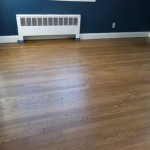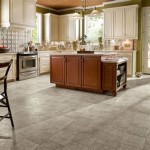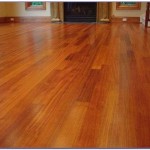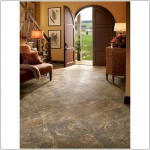When it comes to choosing the right flooring for your home, there are a number of different options to consider. Two popular choices are laminate and vinyl flooring, both of which provide a great look and are relatively easy to install. But what is the difference between laminate and vinyl flooring? In this article, we’ll explore the differences between these two flooring options and help you decide which one is best for you.
Appearance
One of the major differences between laminate and vinyl flooring is their appearance. Laminate flooring is designed to look like hardwood, stone, or ceramic tile. It is made of layers of fiberboard that are treated with a protective layer and then topped off with a photographic image or decorative laminate. The result is a floor that looks just like the real thing, without the added cost. Vinyl flooring, on the other hand, is made of PVC (polyvinyl chloride) and is available in a wide range of colors and patterns. It is often designed to replicate the look of hardwood, stone, or ceramic tile, but it does not have the same level of detail that laminate flooring has.
Durability
Another difference between laminate and vinyl flooring is their durability. Laminate flooring is made of layers of fiberboard and a protective layer, making it quite durable. It is resistant to scratches, dents, and abrasions, and is also water-resistant. Vinyl flooring is also quite durable, but it is not as strong as laminate. It is more prone to scratches, dents, and abrasions, and is not as water-resistant as laminate. Both types of flooring are relatively easy to maintain, but laminate is generally considered to be more durable.
Installation
Another difference between laminate and vinyl flooring is the way they are installed. Laminate flooring is installed in one of two ways: floating or glued. Floating installation is the most popular method, as it involves laying planks on top of a subfloor without adhesives. Glue-down installation requires an adhesive to be spread across the subfloor before the planks are laid. Vinyl flooring is usually installed using an adhesive, but some types can be installed using a floating method.
Cost
When it comes to cost, laminate and vinyl flooring are both relatively affordable options. Laminate flooring is typically less expensive than vinyl flooring, but the cost can vary depending on the type of flooring and where you purchase it from. Vinyl flooring is usually more expensive than laminate, but it can also vary depending on the type of flooring and where you purchase it from.
Maintenance
The maintenance requirements for laminate and vinyl flooring are fairly similar. Both types of flooring require regular sweeping and mopping to remove dirt and debris. However, laminate flooring is more susceptible to damage from water, so it is important to be careful when mopping. Vinyl flooring is more water-resistant, so it is generally easier to maintain. Both types of flooring should also be protected from excessive sunlight and other sources of heat.
Conclusion
When it comes to choosing a new flooring for your home, laminate and vinyl are both great options. Laminate flooring is designed to look like hardwood, stone, or ceramic tile, and is relatively durable and easy to maintain. Vinyl flooring is more water-resistant and available in a wide range of colors and patterns, but it is not as durable as laminate. Ultimately, the decision between laminate and vinyl flooring comes down to personal preference and budget.













/SPR_1822800-vinyl-vs-laminate-flooring-5ae8c7b3ba61770036738c2e.png)
/SPR_1822800-vinyl-vs-laminate-flooring-5ae8c7b3ba61770036738c2e.png)
Related Posts








